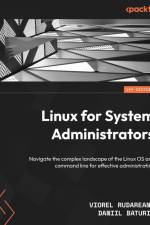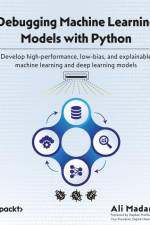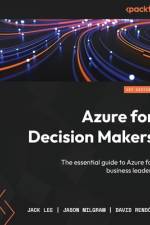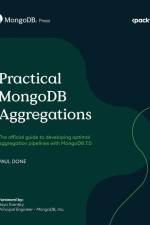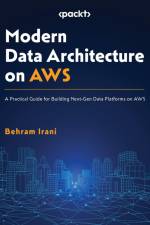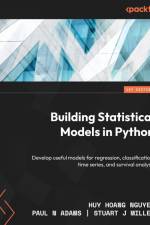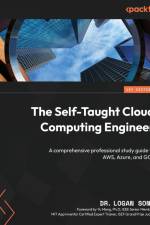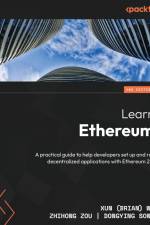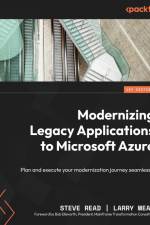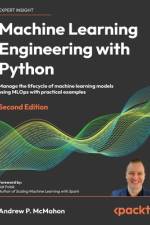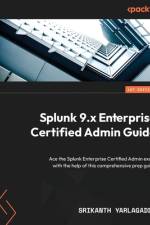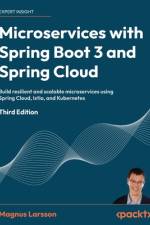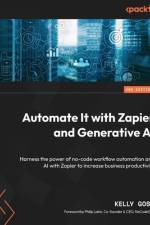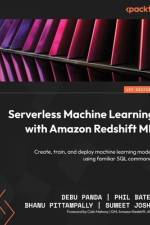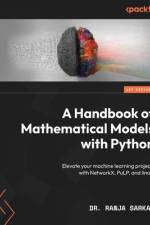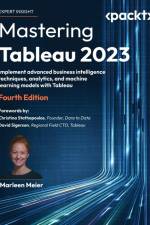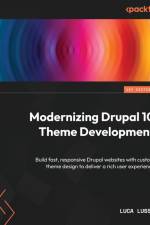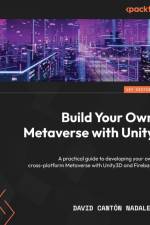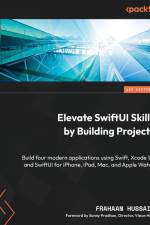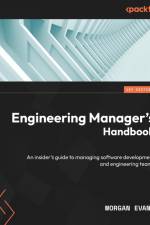av Marleen Meier
685,-
Build, design, and improve advanced business intelligence solutions using Tableau's newest updates, including new Tableau Desktop, Tableau Prep, and Tableau Server featuresPurchase of the print or Kindle book includes a free PDF eBookKey FeaturesMaster new Tableau 2023 features to solve real-world analytics challengesLearn how to use both pre-defined and your own Machine Learning models in TableauHow to manage Data Governance and secure high data qualityBook DescriptionThis edition of the bestselling Tableau guide will teach you how to leverage Tableau's newest features and offerings in various paradigms of the BI domain. Updated with fresh topics, including the newest features in Tableau Server,Prep, and Desktop, as well as up-to-date examples, this book will take you from mastering essential Tableau concepts to advance functionalities. A chapter on data governance has also been added.Throughout this book, you'll learn how to use Tableau Hyper files and Prep Builder to easily perform data preparation and handling, as well as complex joins, spatial joins, unions, and data blending tasks using practical examples. You'll also get to grips with executing data densification and explore other expert-level examples to help you with calculations, mapping, and visual design using Tableau extensions.Later chapters will teach you all about improving dashboard performance, connecting to Tableau Server, and understanding data visualization with examples. Finally, you'll cover advanced use cases, such as self-service analysis, time series analysis, geo-spatial analysis, and how to connect Tableau to Python and R to implement programming functionalities within Tableau.By the end of this book, you'll have mastered Tableau 2023 and be able to tackle common and advanced challenges in the BI domain.What you will learnLearn about various Tableau components, such as calculated fields, table calculations, and LOD expressionsMaster ETL (Extract, Transform, Load) techniques using Tableau Prep BuilderExplore and implement data storytelling with Python and RUnderstand Tableau Exchange by using accelerators, extensions, and connectorsInteract with Tableau Server to understand its functionalitiesStudy advanced visualizations and dashboard creation techniquesBrush up on powerful self-service analytics, time series analytics, and geo-spatial analyticsFind out why data governance matters and how to implement itWho this book is forThis book is designed for business analysts, business intelligence professionals, and data analysts who want to master Tableau to solve a range of data science and business intelligence problems. Prior exposure to Tableau will help you get to grips with the features more quickly, but it's not a prerequisite.Table of ContentsReviewing the BasicsGetting Your Data ReadyUsing Tableau Prep BuilderLearning about Joins, Blends, and Data StructuresIntroducing Table CalculationsUtilizing OData, Data Densification, Big Data, and Google BigQueryPracticing Level of Detail CalculationsGoing Beyond the BasicsWorking with MapsPresenting with TableauDesigning Dashboards and Best Practices for VisualizationsLeveraging Advanced AnalyticsImproving PerformanceExploring Tableau Server and Tableau CloudIntegrating Programming LanguagesDeveloping Data Governance Practices

